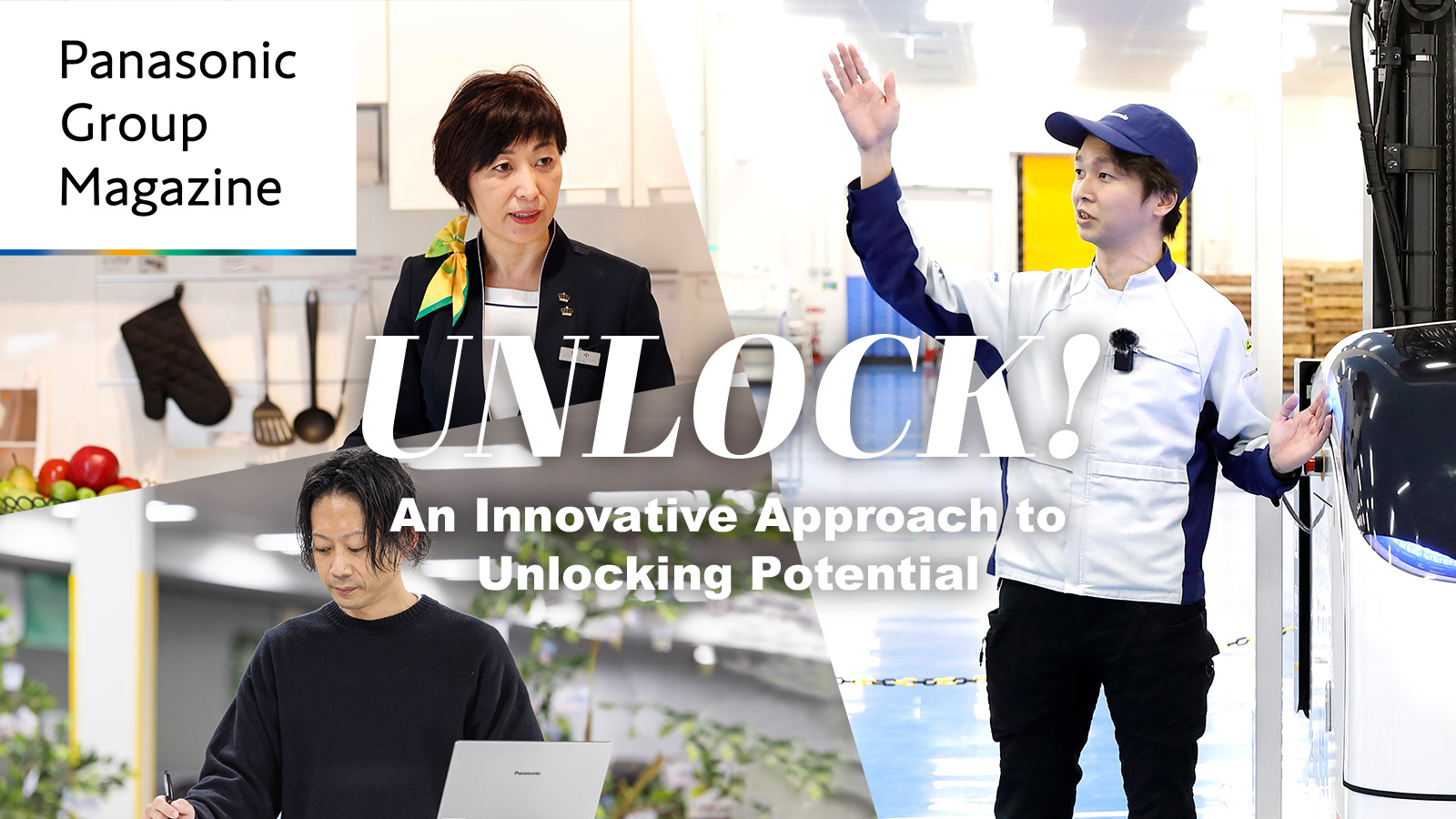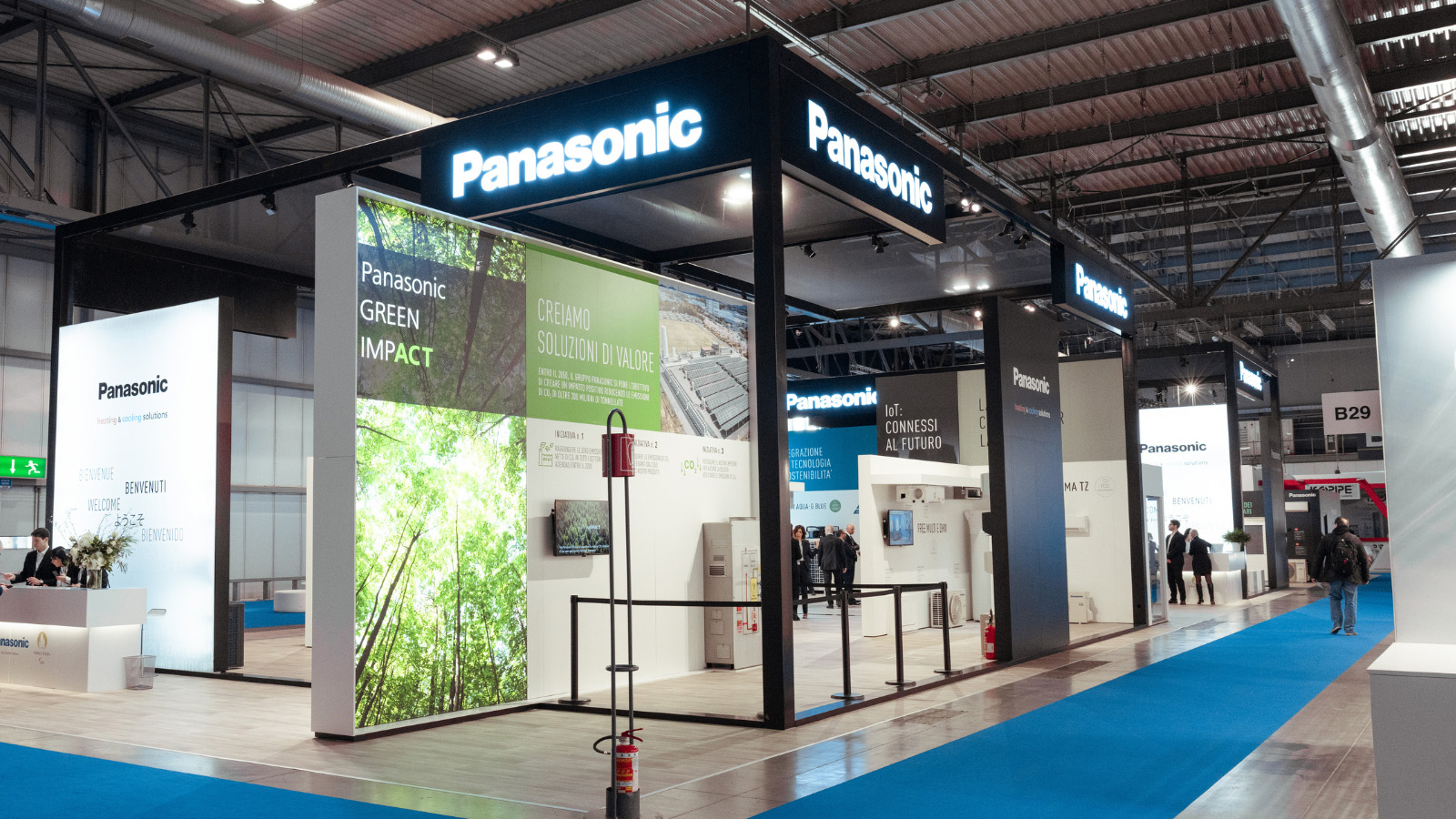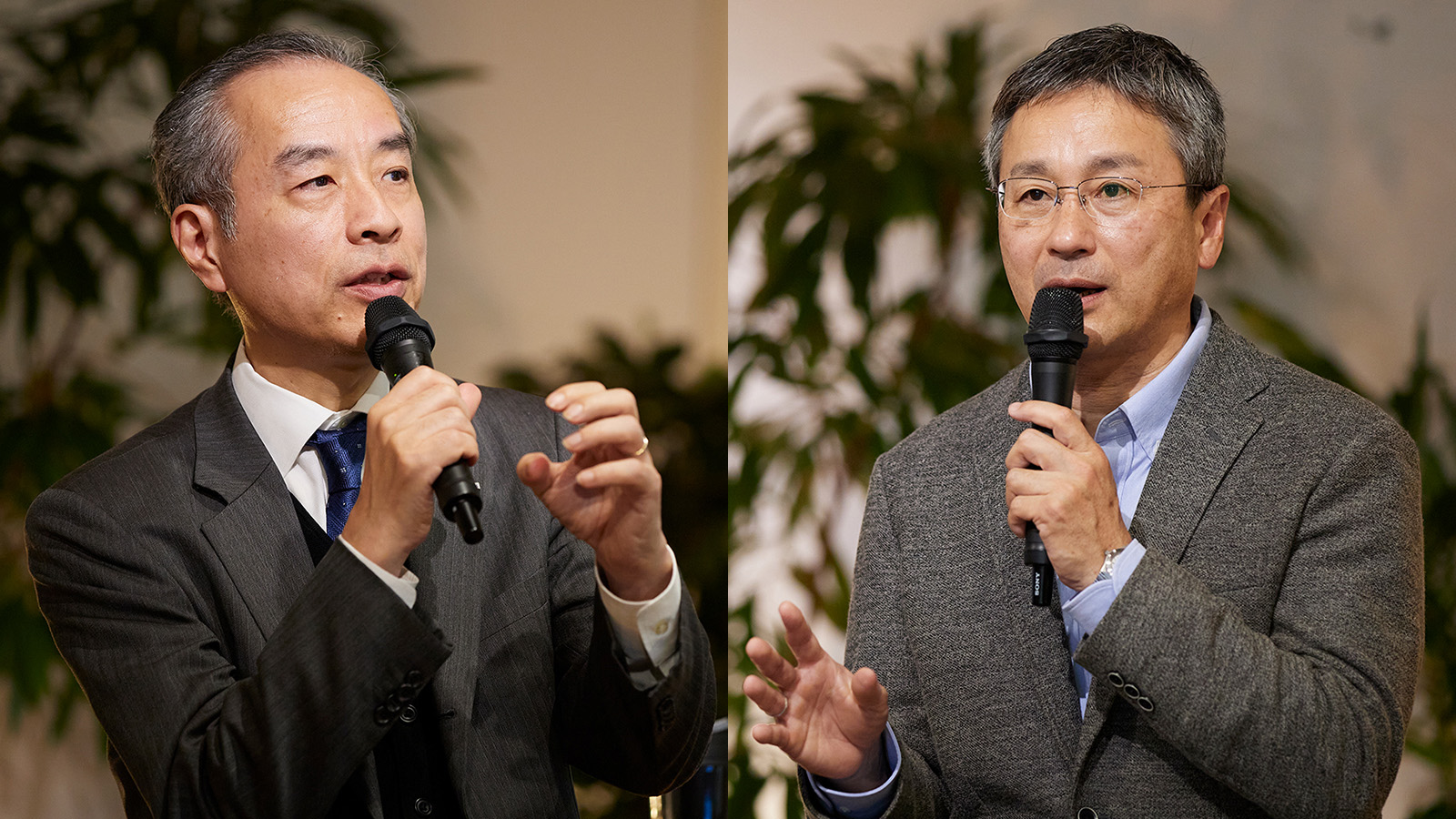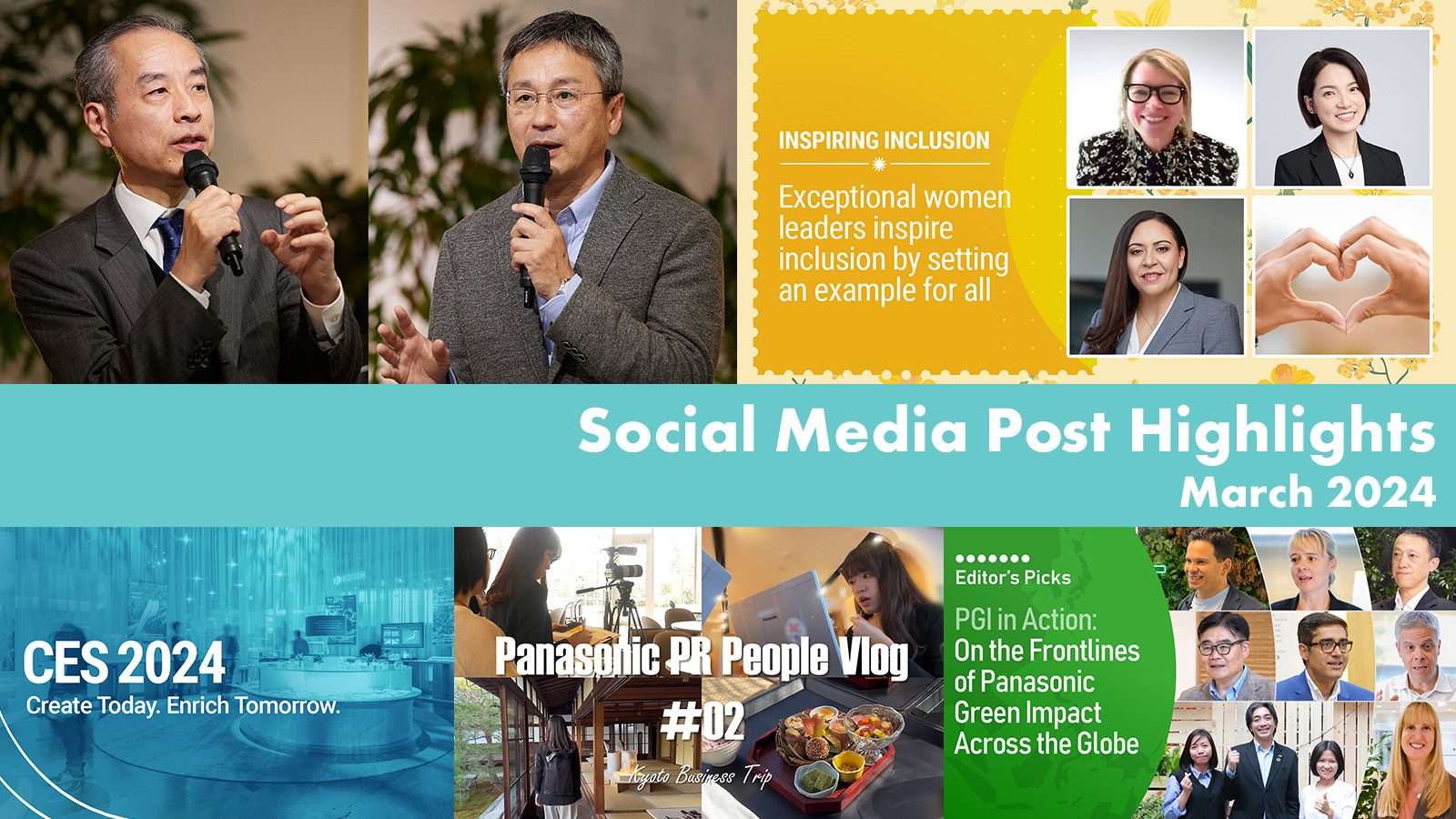Osaka, Japan - Panasonic Corporation today announced it has developed the "Power Supply Container", a stand-alone photovoltaic power package, for areas without electricity. The Power Supply Container contains solar modules*1 and lead-acid batteries*2, as well as the newly developed Power Supply Control Unit that acts as the energy management system.
In addition, the Project to Improve Elementary Education and Alleviate Poverty by Providing Electricity to Karimunjawa Island, Jepara District, Central Jawa Province, for which the Power Supply Container will act as a power source, has been selected by the Embassy of Japan in Indonesia as a joint public/private sector project utilizing Grant Assistance for Grass-roots Human Security Projects*3, with a signing ceremony held in Jakarta, Indonesia on March 24. This project supplies a power system to the National Elementary School Karimunjawa 01 under the educational environment improvement policy for isolated islands.
Indonesia consists of roughly 13,000 islands, and so there is a lack of access to electricity particularly among the minor islands where development of power generation facilities and distribution networks is difficult. In Karimunjawa, electricity is available at night from diesel generators, but in the daytime there is no electricity, which results in an insufficient educational environment.
To solve this problem, Panasonic will provide a Power Supply Container to the National Elementary School Karimunjawa 01, in order to improve the facilities and educational environment through providing power for the school's electrical equipment, such as lights and fans, as well as educational tools such as computers, projectors and televisions. Panasonic will introduce the Power Supply Container with an aim of starting operations in July 2014.
The Power Supply Container is equipped with twelve Panasonic HIT® 240 solar modules which have a high conversion efficiency and can generate approximately 3 kW of electricity. It is also equipped with 24 lead-acid storage batteries (17.2 kWh as total) which can supply stored power. This project will supply power to the electrical equipment in the school and classrooms during school time, while the excess energy generated out of school hours will be supplied to the local community, helping to stabilize the local power supply.
Panasonic will continue to develop its Power Supply Container as a solution for areas without electricity or places facing frequent power blackouts in Indonesia and other Asian countries and emerging nations, with the aim of realizing a more enriched and comfortable lifestyle in more and more places around the world.
*1 Panasonic monocrystalline hybrid solar cell modules "HIT"
*2 Panasonic deep cycle valve-regulated lead-acid batteries
*3 Joint public/private sector projects using Grant Assistance for Grass-roots Human Security Projects: the provision of financial assistance in the form of ODA to relatively small-scale projects run locally by local public bodies, educational/medical institutions, NGOs and so on in developing nations. Ministry of Foreign Affairs of Japan provides support for corporate social responsibility of Japanese corporations to develop regional economies and socioeconomic infrastructure in countries undertaking such projects, particularly for cases run jointly by the public and private sectors.
* HIT is a registered trademark of the Panasonic Group.
Features of the Power Supply Container
1. Assured quality performance due to factory manufacturing
The mass production oriented design of container was developed in order to realize an assured level of quality. The Indonesian manufacturer, PT. Panasonic Gobel ES Manufacturing Indonesia handles the quality control, bringing Japanese knowhow of quality control technology into Indonesia. The company is aiming to further lower the price of the containers in the future through moving to mass production.
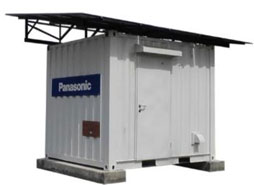 Power Supply Container (external image) |
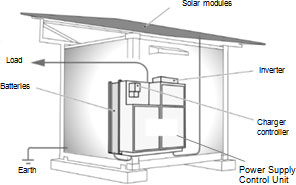 Power Supply Container (outline of system structure) |
2. Simple and quick assembly for portability and expansion
The container is designed so that no onsite professional construction work is needed, allowing an electrical contractor to easily and quickly install the Power Supply Container, helping to spread the adoption of the system in the smaller islands of Indonesia. In addition, as the system is in the form of a container, it can be easily moved from where it is installed to another area without electricity. Also, by increasing the load-bearing apparatus, additional containers can also be added to further expand their functions.
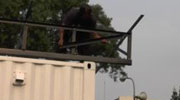 Frame for the solar modules |
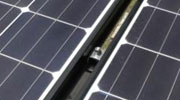 Solar modules |
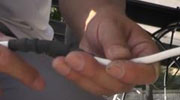 Solar module connector |
3. Utilization of proven Panasonic technologies
The container uses Panasonic HIT® solar modules to provide power efficiently, even in a restricted space. The company's newly developed Power Supply Control Unit acts as the energy management system to monitor the remaining electricity level of the lead-acid batteries and controls supply and demand, heavily reducing deterioration of the batteries. This reduces the life-cycle cost and maintenance man-hours for the storage batteries.
 HIT® solar modules |
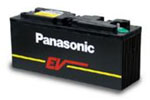 Deep cycle lead-acid batteries |
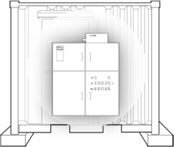 Power Supply Control Unit |
Specifications
| Product name | |
|---|---|
| Name | Power Supply Container stand-alone photovoltaic power package |
| Container | Container for marine transportation |
| Dimensions (mm) | 4780 (W) x 3452 (L) x 3486 (H) (Container: 3029 (W) x 2438 (L) x 2591 (H)) |
| Mass | Approx. 3000 kg |
| Maximum inverter output | 3 kW |
| Total storage capacity | 17.2 kWh |
| Solar modules | Monocrystalline hybrid solar module "HIT" x 12 |
| Control board | Power Supply Control Unit |
| Storage batteries | 12V/60Ah deep cycle valve-regulated lead-acid battery x 24 |
About Panasonic
Panasonic Corporation is a worldwide leader in the development and engineering of electronic technologies and solutions for customers in residential, non-residential, mobility and personal applications. Since its founding in 1918, the company has expanded globally and now operates over 500 consolidated companies worldwide, recording consolidated net sales of 7.30 trillion yen for the year ended March 31, 2013. Committed to pursuing new value through innovation across divisional lines, the company strives to create a better life and a better world for its customers.
For more information about Panasonic, please visit the company's website at http://panasonic.net/.
Media Contacts:
- Tokyo Public Relations Office
Panasonic Corporation - Tel: +81-(0)3-3574-5664 Fax: +81-(0)3-3574-5699
- Panasonic News Bureau
- Tel: +81-(0)3-3542-6205 Fax: +81-(0)3-3542-9018

